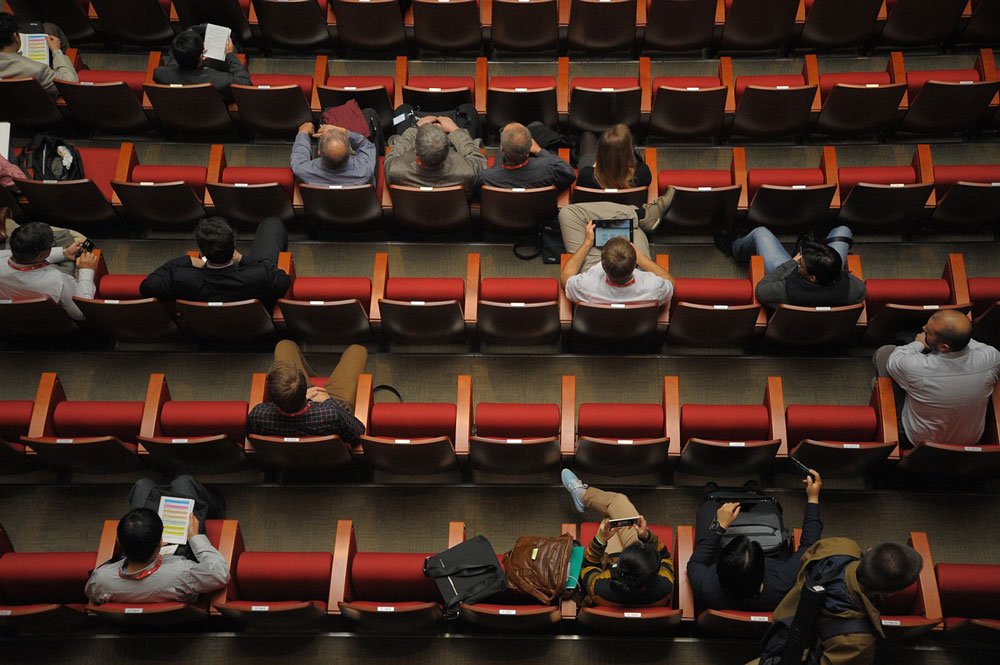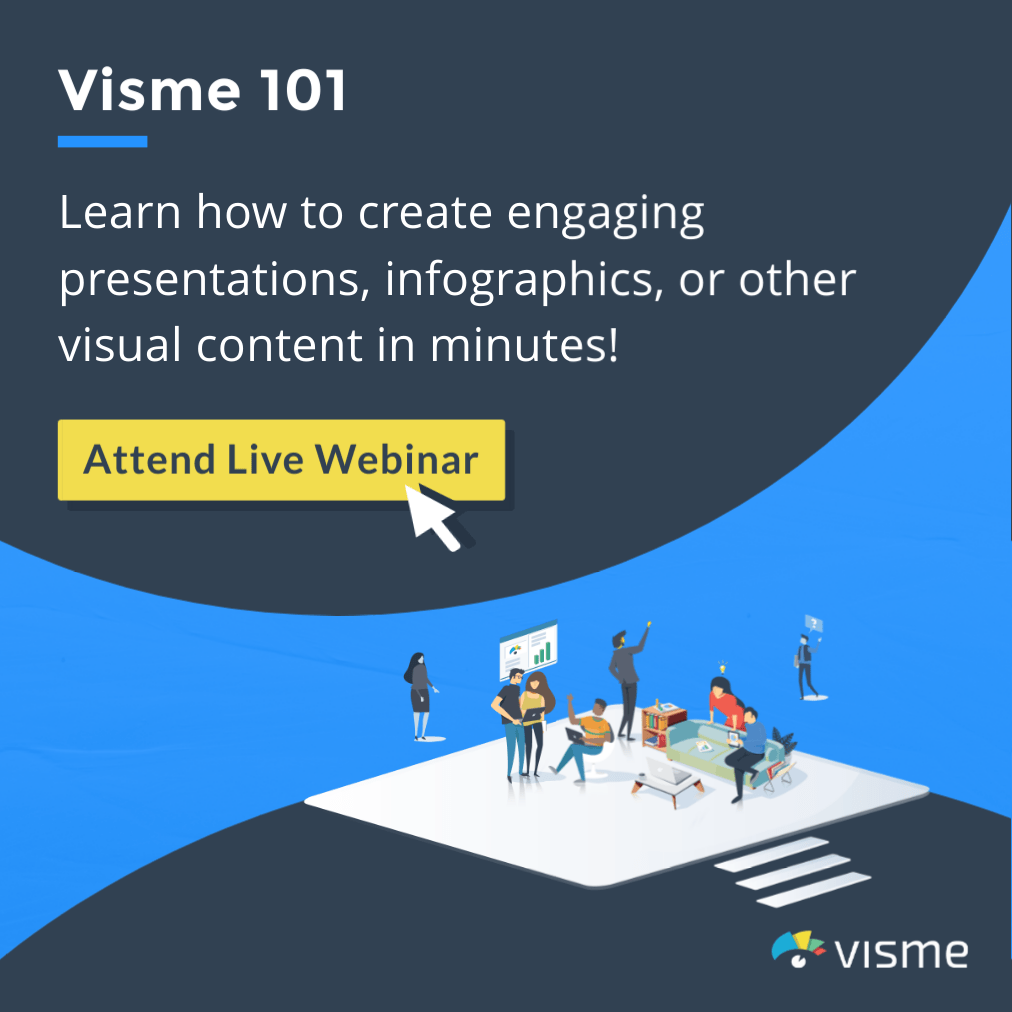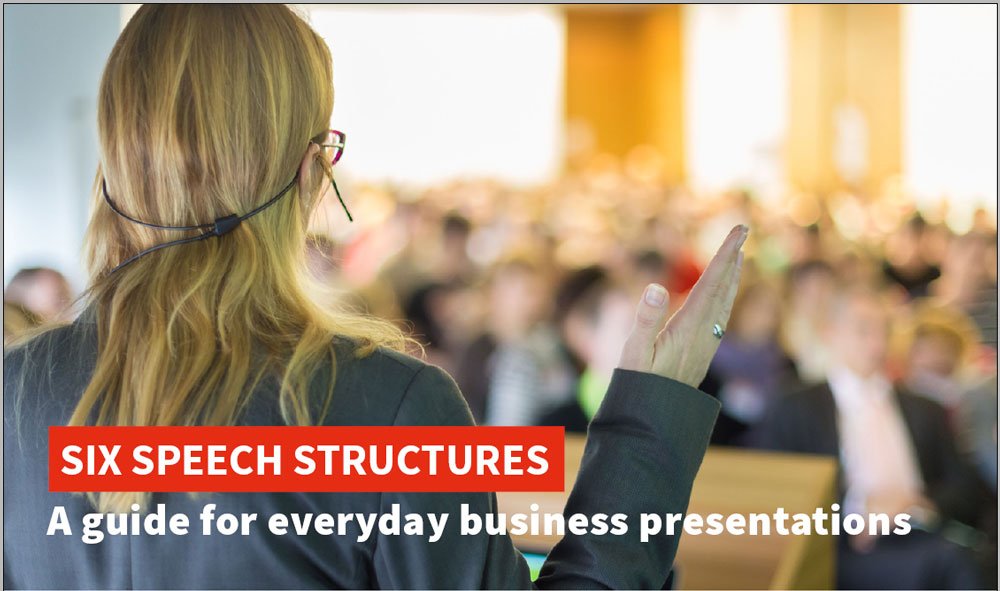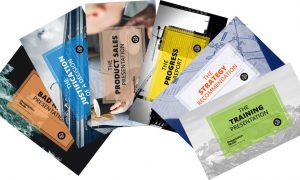How To Get Your Audience Back On Time – 10 Simple Solutions


For presenters, keeping an audience engaged is of the utmost importance when presenting. However, when giving an all-day presentation, sometimes getting the audience back into full-swing after a break can be difficult. Here, George shares 10 quick tips he’s learned to make sure the next time you’re delivering a message, your audience will stay attentive enough to receive it.
Do you organize or deliver half-day or full-day presentations? If so, you’ve faced the challenge of dragging the audience back to the presentation room after breaks.
If the program goes longer than 90 minutes you must allow people to take breaks. If you don’t, then you’ve captured their bodies but not their minds.
Breaks are like a smorgasbord. Allow people to keep munching and they’ll drag it out as long as they can. As the program organizer you are responsible for controlling the timing and duration of breaks.
Why take breaks?
Breaks are necessary. You want to encourage your audience to take breaks. Why? They need breaks to visit the washroom, check messages, physically stretch (because of sitting), network with other attendees, and mentally relax. All of those needs will help them return to the meeting re-energized and receptive. Don’t think you can avoid breaks. Be aware that people need more breaks in the afternoon than in the morning.
How long should the break be?
That depends on the size of the group and the capacity of the facilities. Another factor is the male to female makeup of the group. Women need more time for washroom visits. Yet most venues have an equal amount of male and female facilities. That’s hardly equal in terms of need and service.
If you allow people to leave the room, allow at least 10 minutes. If there are more than 50 people, give them at least 15 minutes. If there are more than 100, allow 20 minutes. If you have 200 to 350 you will need 20 to 30 minutes. These are general guidelines.
The layout of the room is another factor on the time needed. Theatre seating takes longer than tables and chairs. The number of exits, width of aisles and stairways can help or hinder traffic flow. If you want people to move faster turn the lights up as bright as possible during the break.
1) Mini breaks
An impromptu stretch break could be two to three minutes. “Take two minutes to stand, stretch and introduce yourself to one new person.” This is a simple technique for speakers to keep in mind when you notice people fading.
2) Set a realistic time frame
Don’t set your speakers up to fail by announcing unrealistic time frames. I spoke at a conference where the changeover between presentations was five minutes. That was unrealistic. Positive thinking only goes so far. Reality and the laws of physics prevail.
Create a desired and realistic plan A. Then prepare a backup plan B. When organizing events it’s a good idea to always have a backup plan B for everything. The most important element in your Plan B is communication with your event team.
3) Sound Serious
If you want people back in 10 minutes, tell them they have 8 minutes. When people hear 10 they’ll think about returning in 12 and saunter back in 15.
When they hear 8 they’ll believe that you are serious. The more odd and specific your time frame, the more believable it will sound. People consider 10, 15 and 20 as approximate. But 8, 13, and 17 sound real. “Thirteen minutes and 7 seconds” sounds deadly serious.
4) Seduce them to return on time
Announce something of extra value when the break time is over. It could be a draw for a prize, but they must be in the room to win. The MC might promise to ask the speaker one or two critical questions. Perhaps everyone back in the room on time receives a special gift.
5) Give them directions
Before they leave the room, point out the location of the drinks and snacks.
Tell them the location of the closest and additional washrooms. If you expect long lines at the closest washrooms station attendants there to redirect people to the additional washrooms. Be sure to check the washrooms before the program starts to ensure that all are fully operational and accessible.
6) Improve traffic flow
Turn the room lights up full to make it easy for people to see clearly and move quickly. Brighter light also stimulates action. Open all the doors. Ensure that the number of drink and snack stations are appropriate for the size of the audience.
7) Count down
During the break display a countdown timer on the screen. People can glance at the screen and see how long they have.
8) Two minute warning
Signal a two minute warning – verbally, visually, musically and physically. State that on the microphone. Flash the room lights and the lights in the lobby. Sound an audible signal. That could be a school bell in the hall way, a whistle or a musical tone. Play an upbeat song – not too loud but loud enough for people to hear in the hall. Don’t play the music so loud that it forces people to leave the room.
Close some of the doors to the presentation room. Do it with as much fanfare and noise as possible. Leave one or a few doors open so the late comers can easily enter.
9) Shepherds
For larger groups you will need ushers, shepherds or people pushers. They start at the farthest point from the room and walk towards the room while saying “We’re about to start.” That works like the herding effect. Don’t order people to move, instead tell them the program is starting. Let them decide whether they want to miss something.
10) 10 seconds
As the seconds tick down on the countdown timer, count the last 10 seconds out loud over the microphone. At some point those in the room might join you in the countdown.
Or at ten seconds start a rhythmic clapping until you have most of those in the room clapping along. End it with an energetic applause.
Conclusion
These tips, techniques and ideas can help you take more control of an important part of your program – the break. Encourage people to return early and reward those who do – but never punish or embarrass those who are late.
People are unpredictable but you can still influence their actions when you use the appropriate techniques. Don’t expect 100% compliance with your plans or wishes. Don’t try to please everyone and don’t expect everyone to please you. Use these tips, note your results and adapt the methods to suit your audiences.













